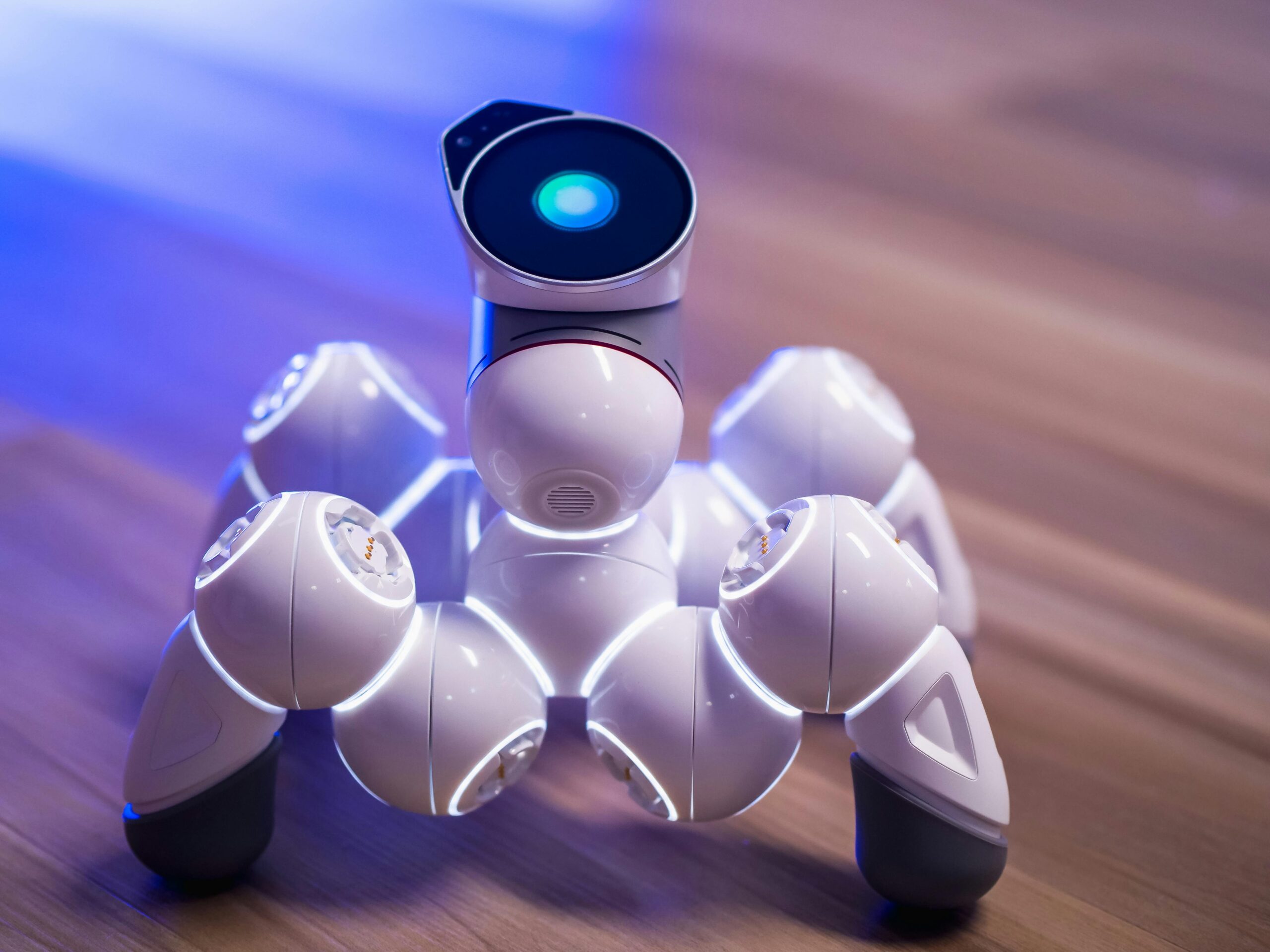Automotive Innovation: Driving the Future
The automotive industry is undergoing a transformative era, characterized by unprecedented advancements in technology and design. Automotive innovation is not just a buzzword; it’s the driving force behind the industry’s evolution, shaping the future of mobility, safety, and environmental sustainability. As we move towards a more connected and autonomous world, understanding the various facets of automotive innovation becomes crucial.
Table of Contents
The Role of Automotive Innovation in Shaping the Future
Automotive innovation is at the heart of the industry’s push towards a more sustainable and efficient futurehttps://whitemax.in/what-is-sap/. With the global shift towards reducing carbon emissions, the automotive sector is leading the charge by developing electric vehicles (EVs), hybrid technologies, and more efficient internal combustion engines. The integration of renewable energy sources and the development of energy-efficient systems are central to this transformation.
One of the most significant aspects of automotive innovation is the advent of autonomous vehicles (AVs). Self-driving cars, once a concept of science fiction, are becoming a reality thanks to advances in artificial intelligence (AI) and machine learning. These technologies enable vehicles to navigate, make decisions, and operate with minimal human intervention. This shift not only promises to enhance safety by reducing human error but also aims to optimize traffic flow and reduce congestion in urban areas.
Another key area where automotive innovation is making strides is in connectivity. Modern vehicles are becoming increasingly connected, offering features like real-time traffic updates, remote diagnostics, and in-car entertainment. The integration of the Internet of Things (IoT) allows vehicles to communicate with each other and with infrastructure, paving the way for smart cities and more efficient transportation systems.

Categories of Automotive Innovation
Automotive innovation spans several categories, each contributing to the overarching goal of revolutionizing the industry. These categories include:
- Electric and Hybrid Vehicles
The development of electric and hybrid vehicles is a cornerstone of automotive innovation. With advancements in battery technology, charging infrastructure, and range optimization, EVs are becoming more accessible and practical for everyday use. Hybrid vehicles, which combine traditional internal combustion engines with electric motors, offer a transitional solution by providing better fuel efficiency and reduced emissions. - Autonomous Driving
Autonomous driving is perhaps the most exciting and challenging aspect of automotive innovation. This category encompasses the development of Level 3 to Level 5 autonomous vehicles, where the degree of automation ranges from partial to full autonomy. Key technologies in this category include advanced driver assistance systems (ADAS), sensors, LIDAR, radar, and AI algorithms. The goal is to create vehicles that can safely navigate complex environments without human input. - Connected Vehicles
The rise of connected vehicles represents a significant leap in automotive innovation. These vehicles are equipped with sensors and communication systems that enable them to interact with other vehicles, infrastructure, and even pedestrians. This connectivity enhances safety, provides valuable data for improving traffic management, and offers new opportunities for personalized in-car experiences. - Sustainable and Lightweight Materials
Automotive innovation also extends to the materials used in vehicle manufacturing. The push for sustainability has led to the development of lightweight and eco-friendly materials, such as carbon fiber, aluminum, and bio-based composites. These materials help reduce vehicle weight, improve fuel efficiency, and lower overall emissions. - Advanced Manufacturing and Production Techniques
The adoption of advanced manufacturing techniques is another critical aspect of automotive innovation. Technologies like 3D printing, robotics, and automation are revolutionizing the production process, making it more efficient, cost-effective, and flexible. This category also includes the use of digital twins and simulation tools to optimize vehicle design and manufacturing. - Enhanced Safety Features
Safety is a paramount concern in the automotive industry, and automotive innovation continues to enhance vehicle safety features. Innovations such as adaptive cruise control, lane-keeping assist, automatic emergency braking, and pedestrian detection are becoming standard in modern vehicles. These systems not only protect occupants but also help prevent accidents and mitigate their severity. - Infotainment and User Experience
The infotainment systems in today’s vehicles are a testament to automotive innovation. Modern cars come equipped with sophisticated touchscreens, voice recognition, and integration with smartphones and other devices. These systems provide drivers and passengers with seamless access to navigation, entertainment, and communication, enhancing the overall driving experience.

The Future of Automotive Innovation
The future of automotive innovation holds immense potential. As technology continues to evolve, we can expect even more groundbreaking developments. One promising area is the development of Vehicle-to-Everything (V2X) communication, which will enable vehicles to communicate with each other and with infrastructure in real-time. This technology will play a crucial role in the development of smart cities and intelligent transportation systems.
Moreover, the integration of artificial intelligence and machine learning in automotive innovation will lead to more sophisticated and intuitive systems. AI-driven predictive maintenance, personalized driving experiences, and even emotion recognition are on the horizon, further enhancing the relationship between drivers and their vehicles.
The rise of mobility as a service (MaaS) is another trend to watch. As urbanization continues, there is a growing demand for convenient and cost-effective transportation solutions. Automotive innovation is at the forefront of developing shared mobility options, such as ride-sharing, car-sharing, and autonomous shuttles. These solutions promise to reduce the number of vehicles on the road, decrease emissions, and provide more efficient transportation options.
In conclusion, automotive innovation is driving the future of the automotive industry. From electric and autonomous vehicles to connected and sustainable solutions, the innovations in this field are transforming how we think about transportation. As these technologies continue to evolve, they will not only shape the future of mobility but also redefine our relationship with vehicles and the environment. The road ahead is filled with exciting possibilities, and automotive innovation will undoubtedly be at the center of this transformative journey.
4oAutomotive Innovation: Driving the Future
Automotive innovation encompasses a wide range of advancements and technologies that are reshaping the automotive industry. This field includes several key areas that contribute to the evolution of vehicles and transportation systems. Let’s briefly explore these areas:
1. Electric and Hybrid Vehicles
Electric and hybrid vehicles represent a significant portion of automotive innovation. Electric vehicles (EVs) run on electric power alone, offering zero-emission driving. Advances in battery technology, such as increased energy density and faster charging, have made EVs more practical for daily use. Hybrid vehicles, which combine an internal combustion engine with an electric motor, offer improved fuel efficiency and reduced emissions, providing a transitional solution towards full electrification.
2. Autonomous Driving
Autonomous driving technology is a major focus of automotive innovation. It involves the development of self-driving vehicles that can operate with minimal or no human intervention. Key components include advanced driver assistance systems (ADAS), sensors (such as cameras, LIDAR, and radar), and artificial intelligence (AI) algorithms. These technologies work together to enable vehicles to navigate complex environments, make decisions, and enhance safety by reducing human error.
3. Connected Vehicles
Connected vehicles are an integral part of automotive innovation. These vehicles are equipped with communication technologies that allow them to connect with other vehicles, infrastructure, and external devices. This connectivity enables features like real-time traffic updates, remote diagnostics, and in-car entertainment. The Internet of Things (IoT) plays a crucial role in this category, facilitating communication between vehicles and creating more efficient transportation networks.
4. Sustainable and Lightweight Materials
The use of sustainable and lightweight materials is another important aspect of automotive innovation. Manufacturers are increasingly turning to materials like carbon fiber, aluminum, and bio-based composites to reduce vehicle weight. Lighter vehicles are more fuel-efficient and produce fewer emissions. Additionally, the industry is exploring eco-friendly manufacturing processes and materials that have a lower environmental impact.
5. Advanced Manufacturing and Production Techniques
Automotive innovation also includes advancements in manufacturing and production techniques. Technologies like 3D printing, robotics, and automation are revolutionizing how vehicles are designed and produced. These methods allow for more efficient, cost-effective, and flexible manufacturing processes. Digital twins and simulation tools are also used to optimize vehicle design and improve quality control.
6. Enhanced Safety Features
Safety is a top priority in the automotive industry, and automotive innovation continues to enhance vehicle safety features. Modern vehicles are equipped with systems like adaptive cruise control, lane-keeping assist, automatic emergency braking, and pedestrian detection. These technologies help prevent accidents and protect occupants by providing real-time assistance and intervention.
7. Infotainment and User Experience
Infotainment systems in vehicles are a key area of automotive innovation. These systems offer a range of features, including navigation, music, voice recognition, and smartphone integration. They provide a seamless and interactive experience for drivers and passengers, enhancing comfort and convenience. The focus is on creating intuitive interfaces and integrating new technologies to personalize the driving experience.
8. Mobility as a Service (MaaS)
Mobility as a Service (MaaS) is an emerging trend in automotive innovation. It involves providing transportation services that combine various modes of travel, such as ride-sharing, car-sharing, and public transportation, into a single accessible platform. MaaS aims to offer more efficient, convenient, and sustainable transportation options, reducing the reliance on personal vehicle ownership.






2 thoughts on “Automotive Industry: Driving the Future: Innovations in the Automotive Industry”